The athlete, depicted in a semi-nude state, assumes a triumphant posture, arms raised in an exalted gesture, as if reaching the pinnacle of a long-fought struggle. His precarious balance on one foot, positioned atop a geometric Cubist-inspired base, creates palpable tension and conveys an impression of perpetual motion. The influence of Antoine Bourdelle, Dušek’s mentor during his studies in Paris, is evident in the anatomical precision and psychological intensity of the figure.
The sculpture was created in Tábor and cast at the renowned Franta Anýz foundry in Prague. It gained international recognition when exhibited at the XV Venice Biennale in 1926. It was also awarded a bronze medal at the Art Competition of the Paris Olympic Games in 1924 and a silver medal at the Paris Salon in 1925, solidifying Dušek’s prominence in the world of modern sculpture.
Sokol-Athlete is more than just a representation of sport; it is a statement on victory, ambition, and the relentless pursuit of human excellence. Its expressive movement, sculptural mastery, and rich symbolic undertones make it a monument not only to physical strength but to the indomitable aspiration of humanity.
Biography
Jan Vítězslav Dušek, born in 1891 in the village of Makov near Jistebnice, would go on to become one of the most distinguished Czech sculptors of the early 20th century. His artistic journey began at the Academy of Fine Arts in Prague, where he honed his technical skills, before continuing his education at the Academy of Fine Arts in Vienna. Yet, it was in Paris, in the early 1920s, that his work would take a decisive turn. Studying under Antoine Bourdelle, the renowned pupil of Auguste Rodin, Dušek absorbed the French master’s commitment to expressive movement, anatomical precision, and dynamic composition—elements that would become hallmarks of his own sculptural style.
By 1922, Dušek had settled in Tábor, a historic town that would serve as both his creative sanctuary and source of inspiration. Here, he established his atelier, immersing himself in themes of athleticism, physical exertion, and movement. His fascination with the human body in motion resonated with the prevailing currents in European sculpture, which sought to capture the raw energy of life, whether through the explosive dynamism of Futurism or the emotional intensity of Expressionism.
His talent quickly gained international recognition, particularly for his ability to translate the spirit of sport into sculptural form. In 1924, he achieved a significant milestone when his sculpture The Archer (Bogenschütze) earned him a bronze medal at the Olympic Art Competitions in Paris—a rare and prestigious honor in an era when art and sport were seen as parallel pursuits of human excellence. The following year, his sculpture The Runner (Der Läufer) won him a silver medal at the Paris Salon, further solidifying his reputation as a sculptor of extraordinary dynamism. His work continued to attract attention on the international stage, culminating in an invitation to exhibit at the 1926 Venice Biennale.
Dušek’s sculptures are distinguished by their muscular tension, rhythmic movement, and psychological depth. They capture not only the physical force of the athlete but also the inner intensity—the strain, ambition, and exhilaration of exertion. He had an uncanny ability to sculpt bodies that seem to exist in a state of perpetual motion, caught in the fleeting instant before a leap, a stride, or a victorious ascent.
He remained dedicated to his craft until his passing in 1966 in Tábor, leaving behind a legacy of expressive and powerful works that continue to captivate audiences. In his sculptures, movement is never static, and strength is never merely physical—it is a testament to human perseverance, triumph, and the ceaseless pursuit of greatness.


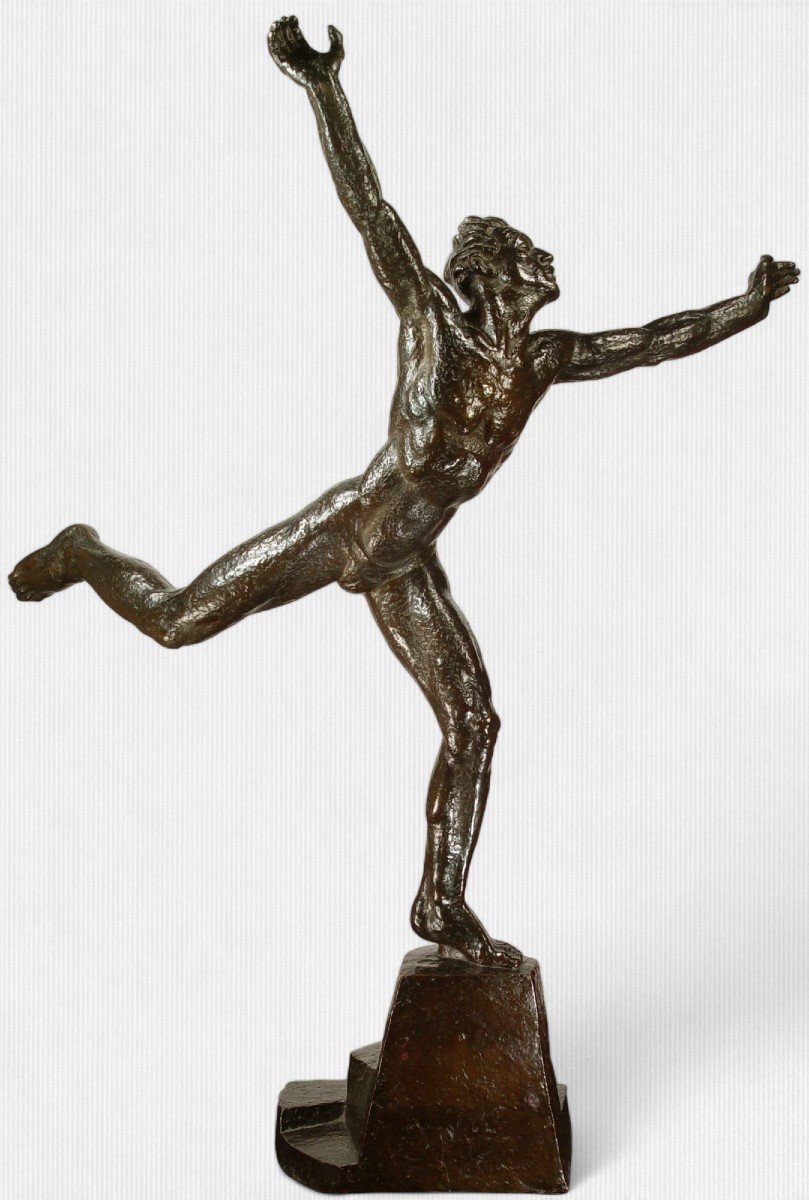


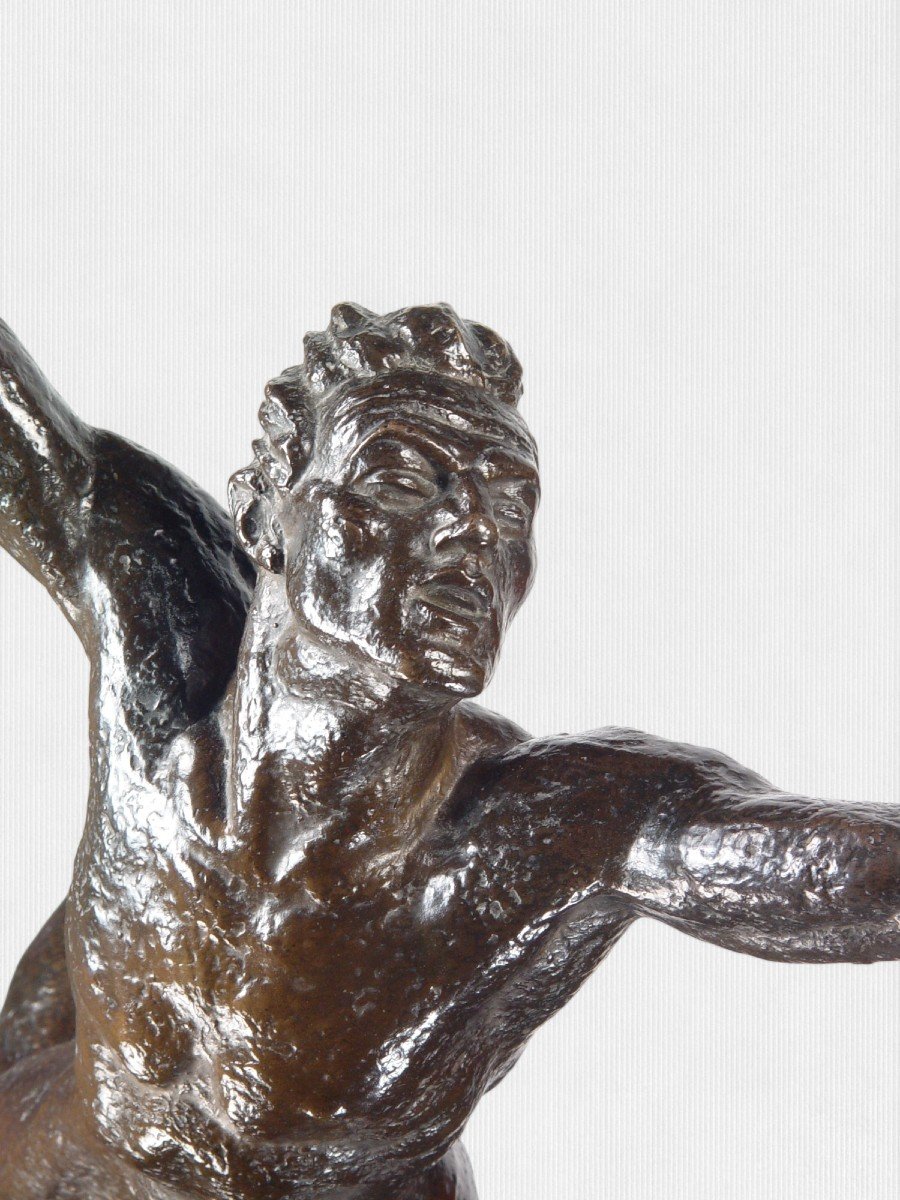


















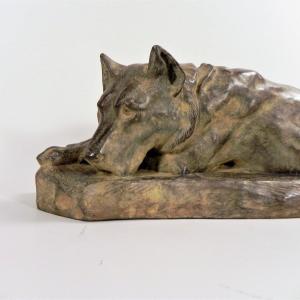
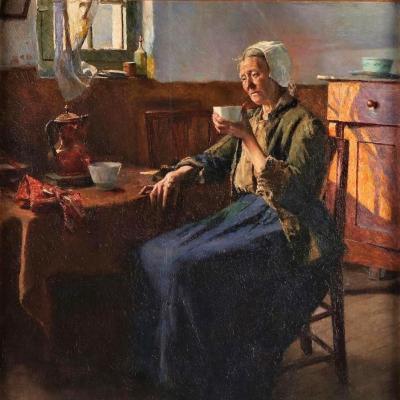
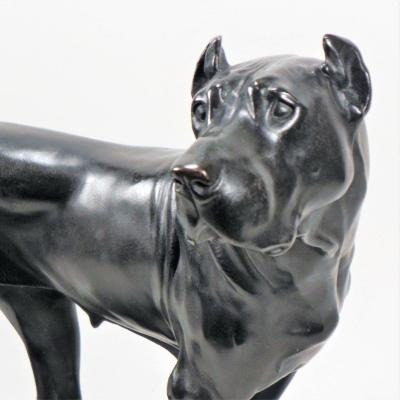






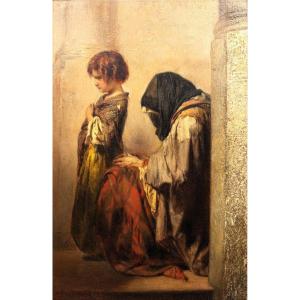
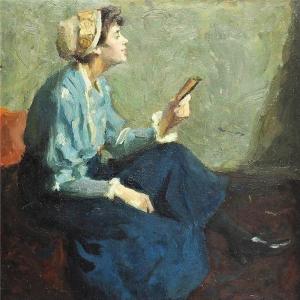

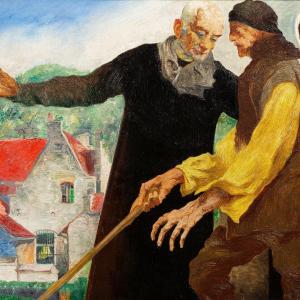

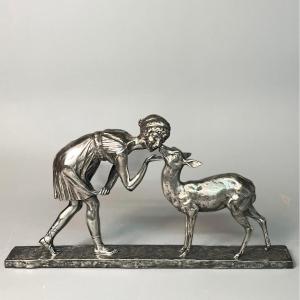
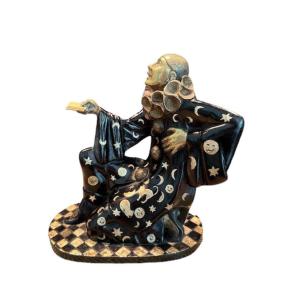

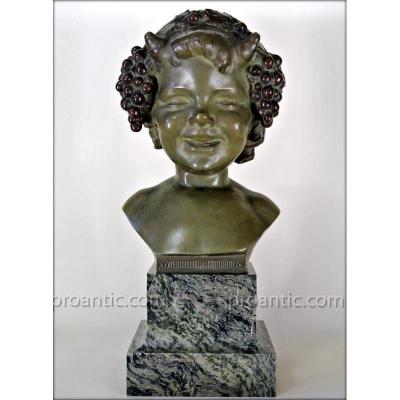
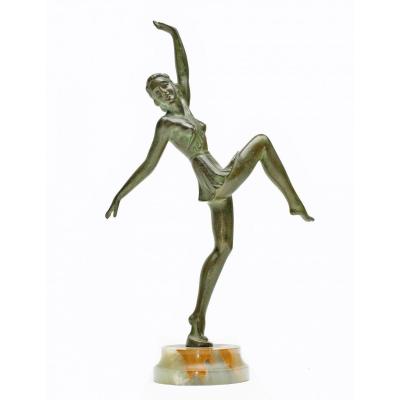



 Le Magazine de PROANTIC
Le Magazine de PROANTIC TRÉSORS Magazine
TRÉSORS Magazine Rivista Artiquariato
Rivista Artiquariato